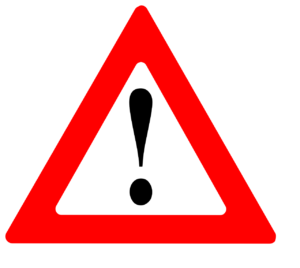Hosting and website maintenance are critical aspects of managing a website to ensure its security, functionality, and performance. Here’s a comprehensive guide to the complete process of hosting and website maintenance:

1. Choose a Hosting Provider:
Research and select a reliable hosting provider based on your website’s needs, such as shared hosting, virtual private server (VPS), or dedicated hosting.
Consider factors like uptime, customer support, scalability, and pricing.
2. Domain Registration:
If you haven’t already, register a domain name that represents your website’s identity.
Point your domain’s DNS (Domain Name System) settings to your hosting provider’s servers.

3. Server Setup:
Set up your hosting account by following the provider’s instructions.
Configure domain names, databases, email accounts, and other server settings as required.
4. Website Migration (if applicable):
If you’re transferring an existing website, migrate your files, databases, and configurations to the new hosting environment.

5. Install CMS (Content Management System):
Install your chosen CMS, such as WordPress, Joomla, or Drupal, if applicable.
Configure basic settings and security measures during installation.
6. SSL Certificate Installation:
If your website handles sensitive data, install an SSL certificate to enable secure HTTPS connections.
7. Backup Configuration:
Set up automated backup solutions to regularly back up your website’s files and databases.
Store backups off-site for added security.

8. Regular Backups:
Continuously monitor and verify your backups to ensure they are functioning correctly.
Store backups securely and be prepared for data recovery in case of emergencies.
9. Software Updates:
Keep your CMS, plugins, themes, and any other software up to date.
Regularly apply security patches and updates to prevent vulnerabilities.

10. Security Measures:
Implement security measures like firewalls, intrusion detection systems, and malware scanners.
Monitor server logs for suspicious activity and take corrective action when necessary.
11. Performance Optimization:
Regularly optimize your website’s performance by compressing images, minifying CSS and JavaScript, and leveraging browser caching.
Consider using a Content Delivery Network (CDN) to distribute content efficiently.

12. Content Updates:
Regularly update and add new content to keep your website fresh and engaging.
Review and edit existing content for accuracy and relevance.
13. Broken Links and Errors:
Periodically check for broken links and errors on your website and fix them promptly.
14. User Experience Improvements:
Continuously enhance the user experience by improving navigation, load times, and mobile responsiveness.

15. SEO Optimization:
Keep your website’s SEO up to date by optimizing meta tags, headings, and content for relevant keywords.
Monitor keyword rankings and adjust your content accordingly.
16. Analytics and Reporting:
Use analytics tools to track website traffic, user behavior, and conversions.
Generate reports to gain insights into your website’s performance.
17. Regular Testing:
Conduct regular testing to ensure forms, e-commerce functionalities, and interactive features are working correctly.

18. Monitor Downtime:
Set up uptime monitoring to receive alerts if your website experiences downtime.
Investigate and address issues promptly to minimize disruptions.
19. Compliance and Legal Considerations:
Ensure that your website complies with legal requirements, including data privacy laws, accessibility standards, and copyright regulations.
20. Communication and Support:
Maintain open communication channels with your hosting provider’s support team for assistance with technical issues.
21. Disaster Recovery Plan:
Develop a disaster recovery plan outlining steps to take in the event of a significant data loss or security breach.

22. Periodic Audits:
Conduct periodic website audits to assess its overall health, security, and performance.
23. Continuous Learning:
Stay informed about industry trends, security threats, and emerging technologies to adapt your maintenance strategy accordingly.
Hosting and website maintenance are ongoing processes that require attention, regular updates, and proactive measures to ensure your website remains secure, functional, and able to meet your users’ needs. By following these steps, you can maintain a reliable and effective online presence.
